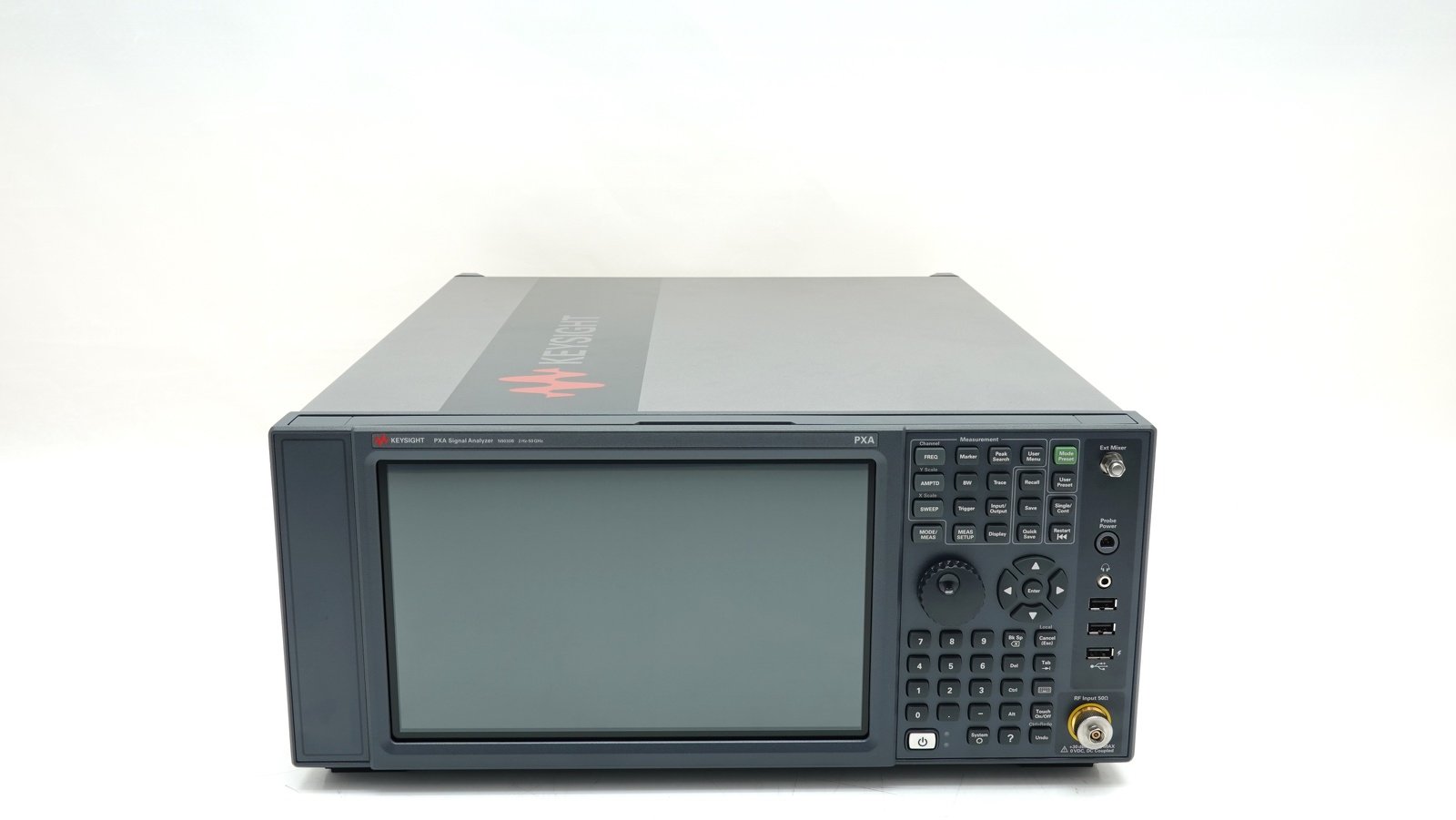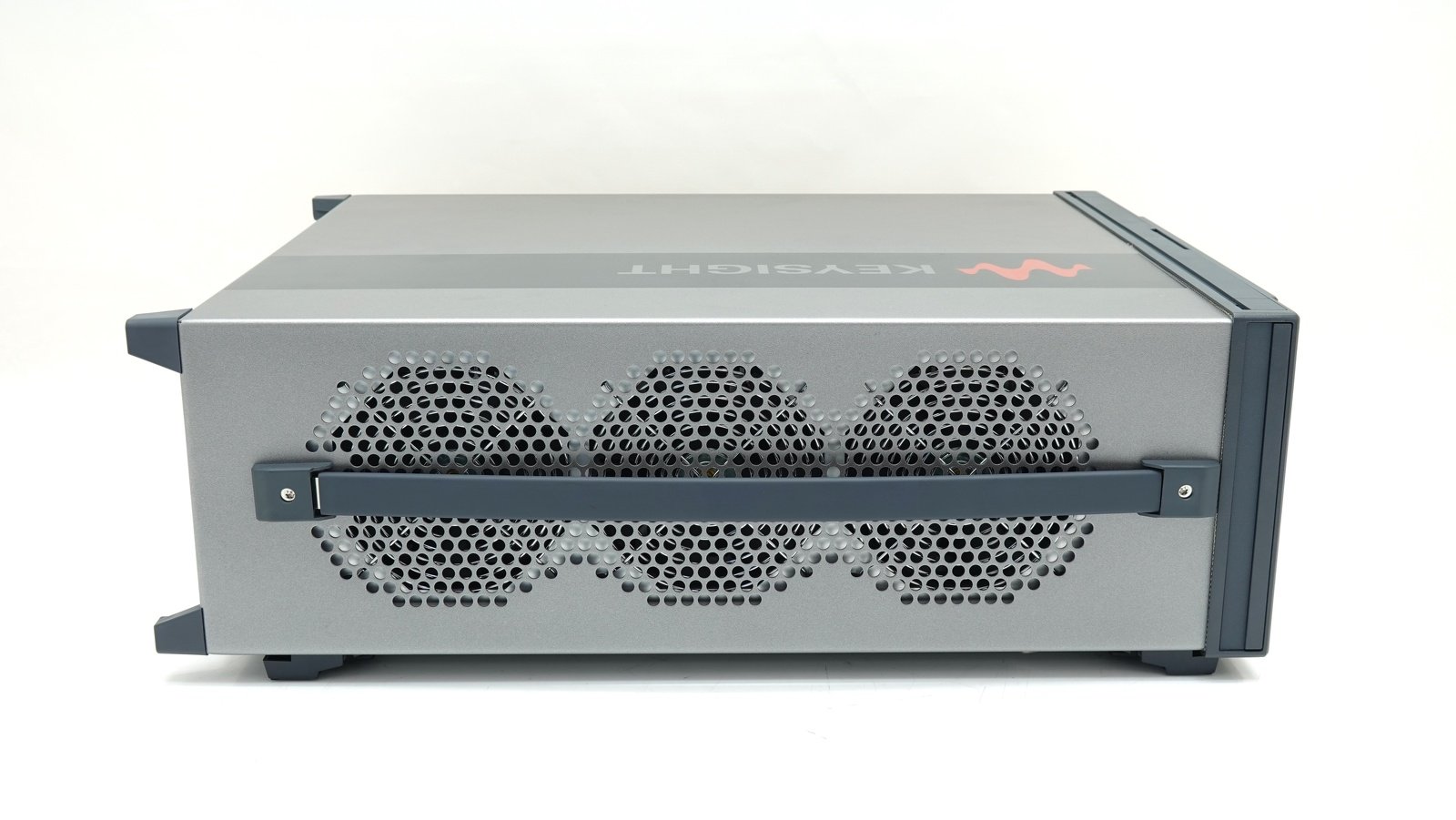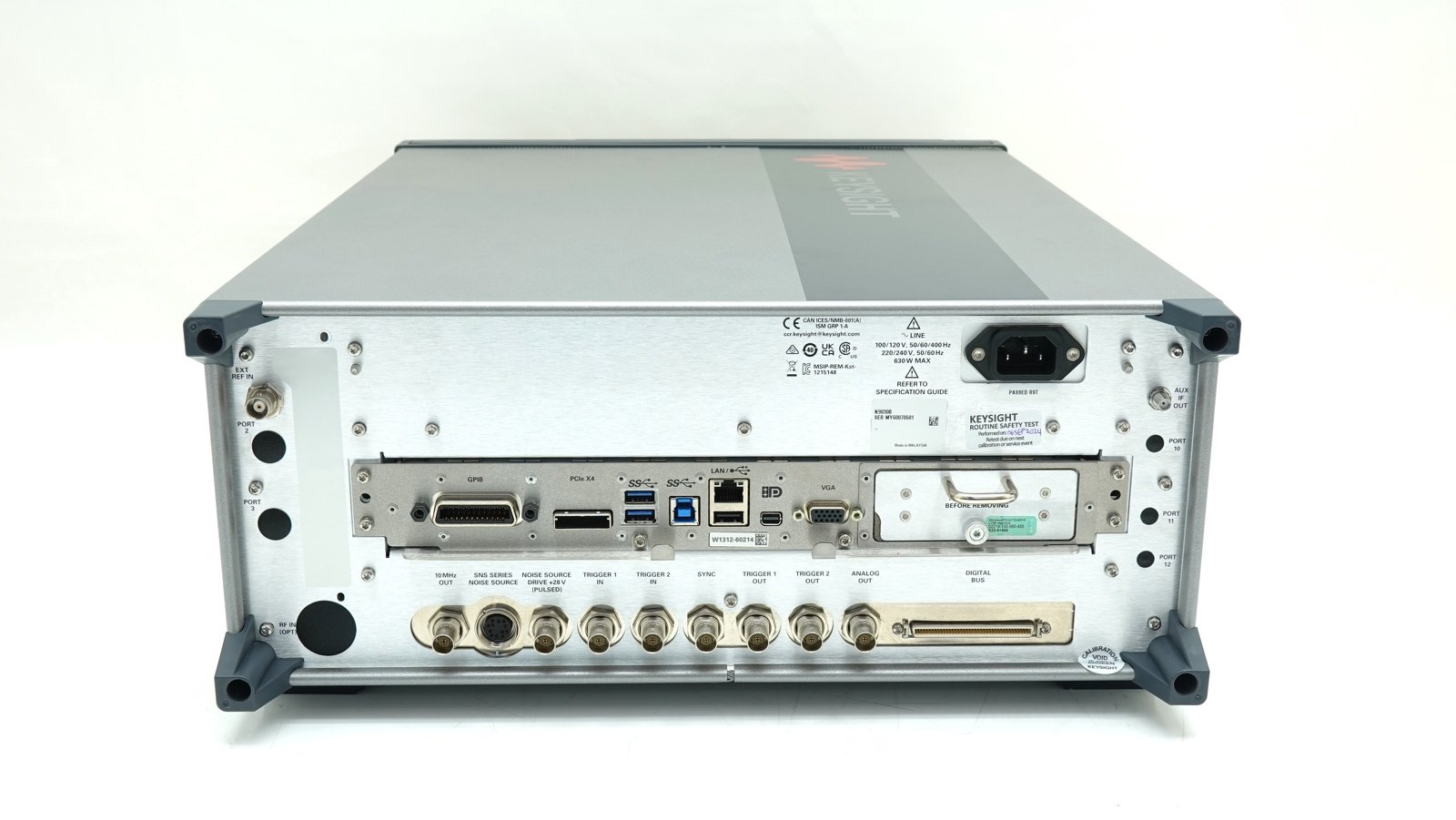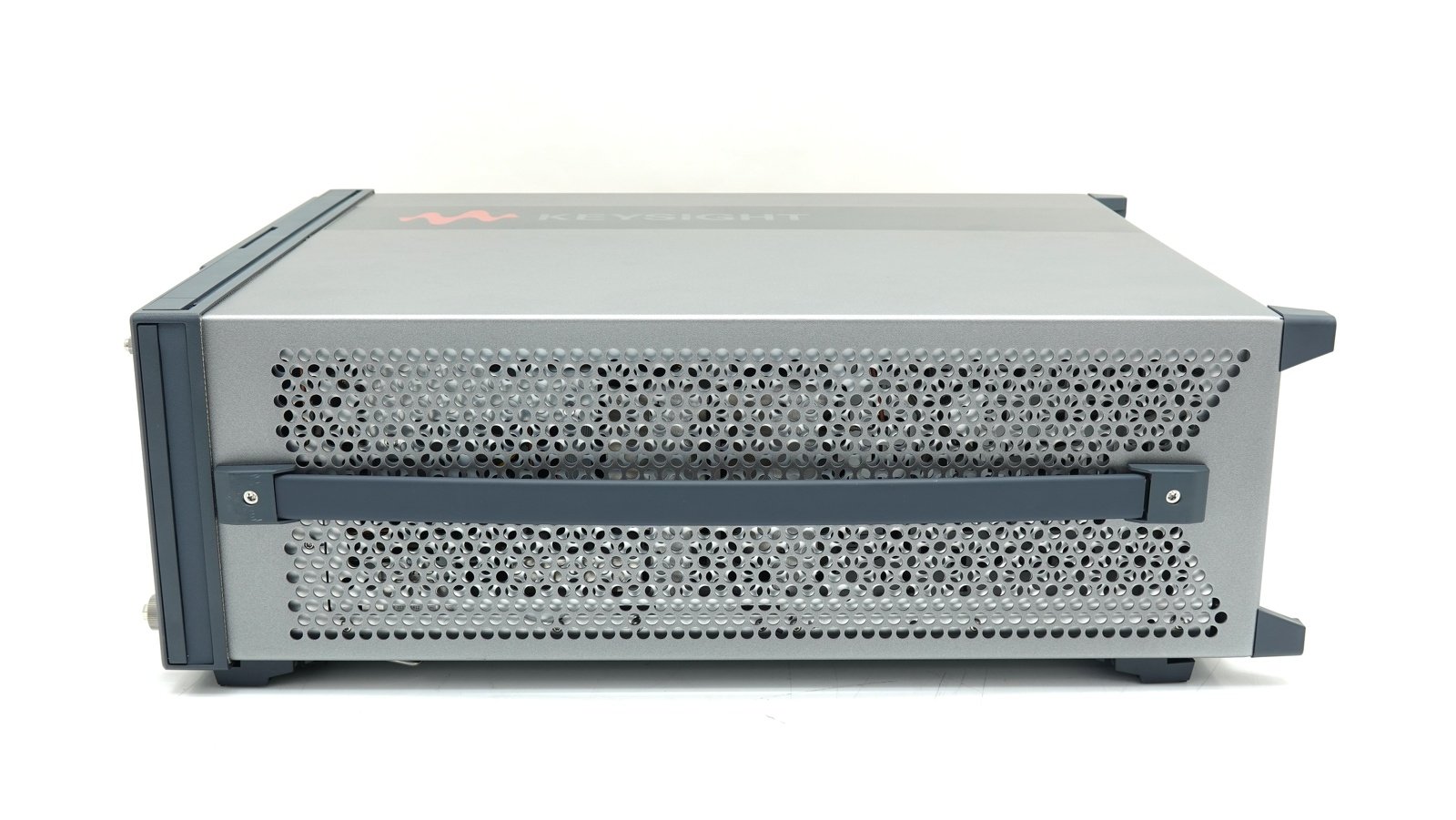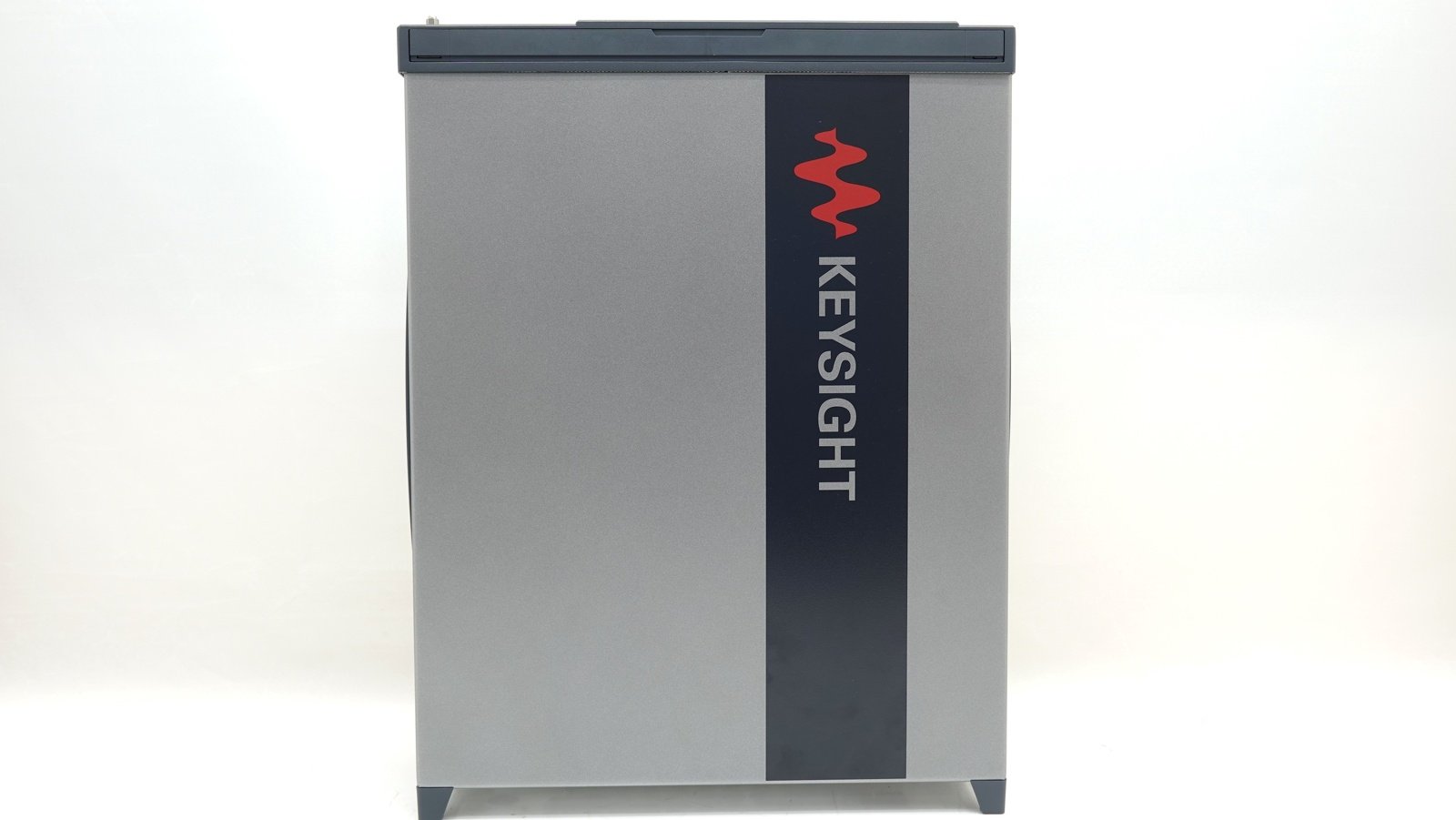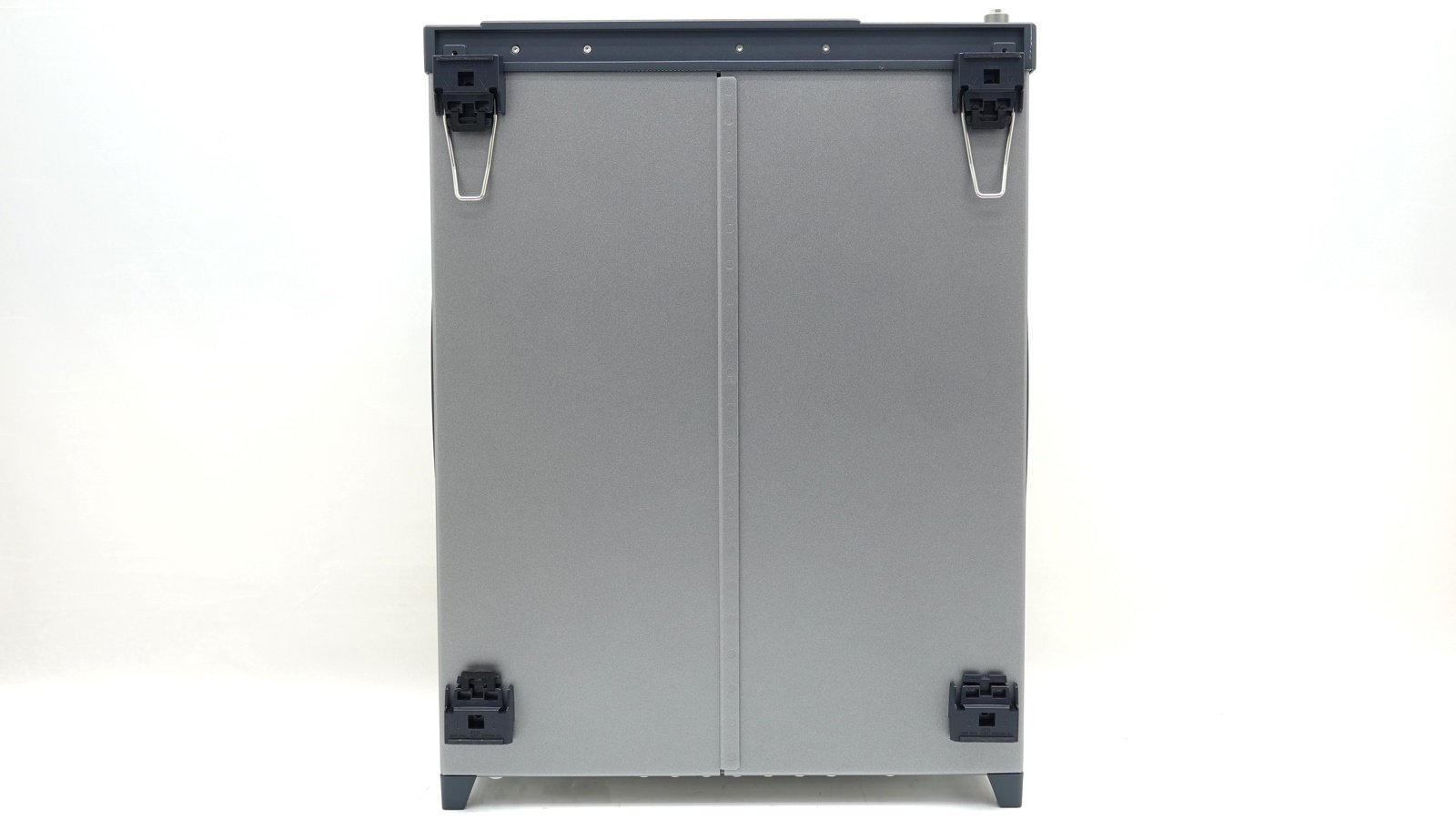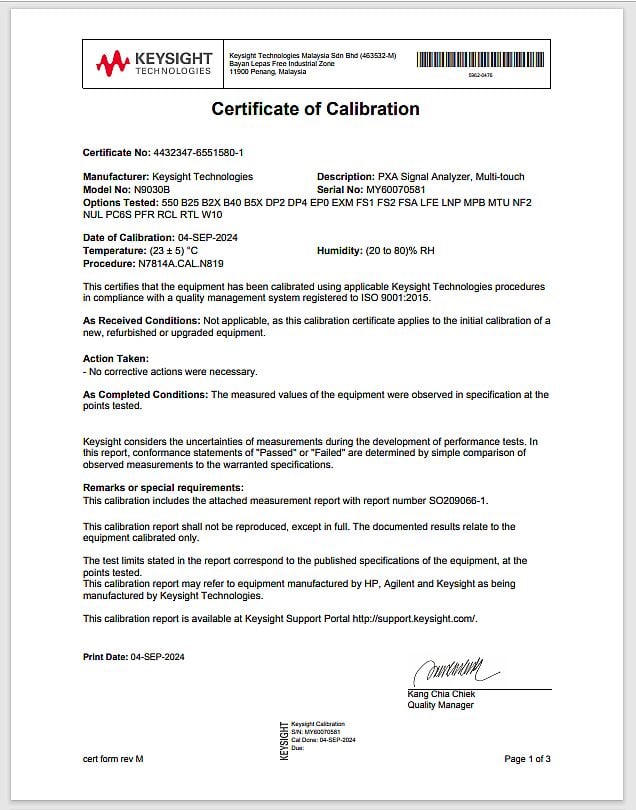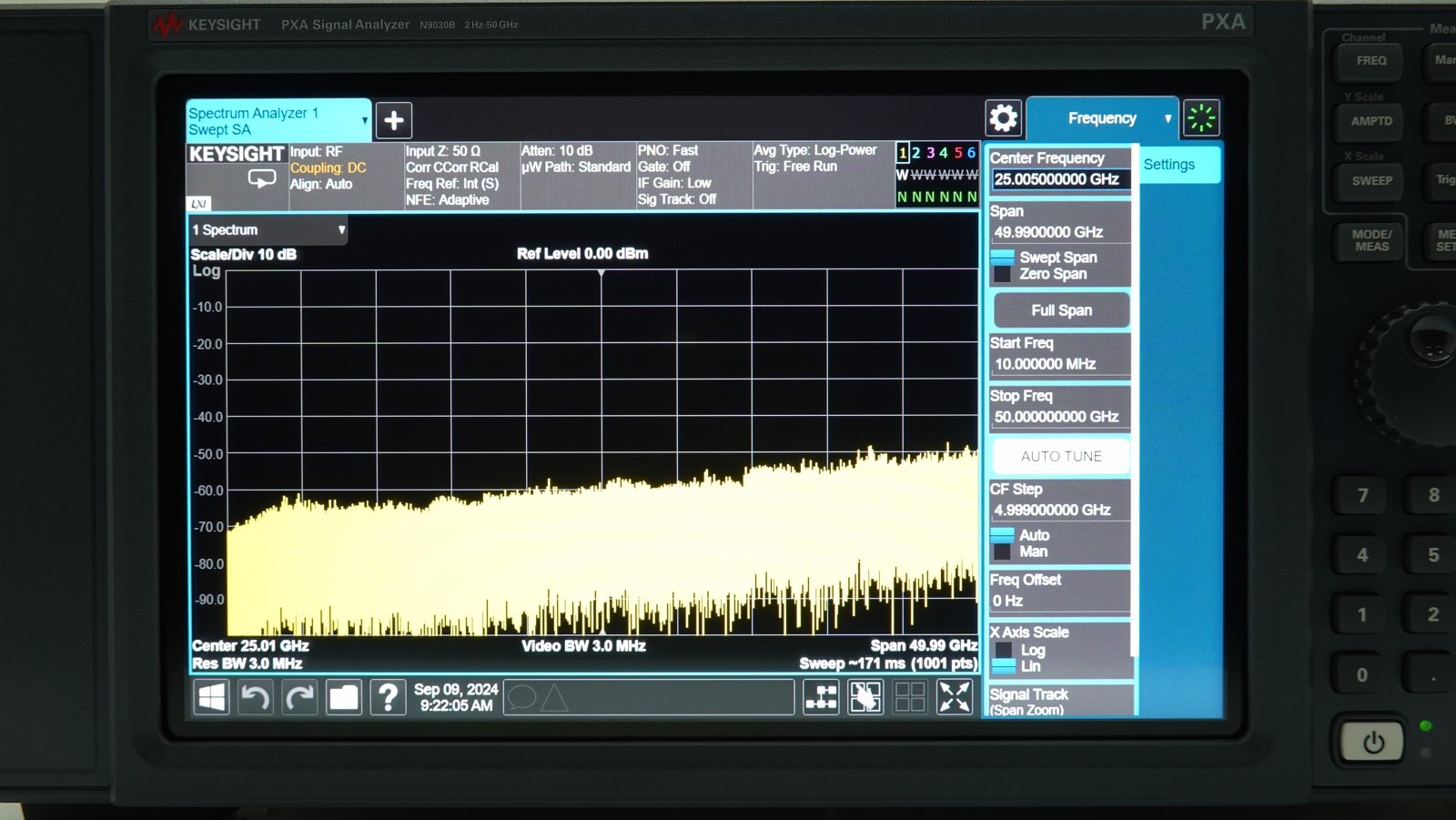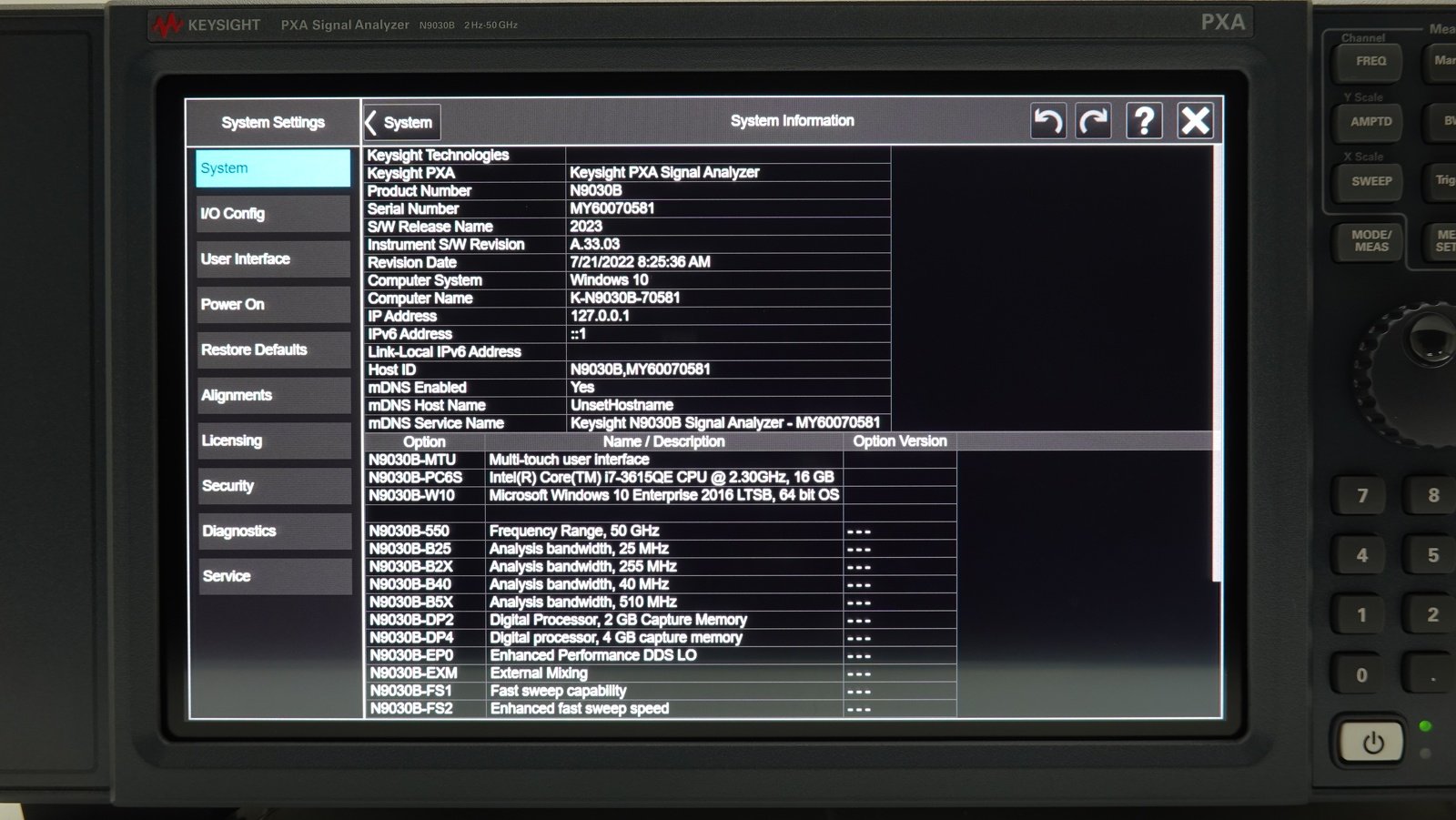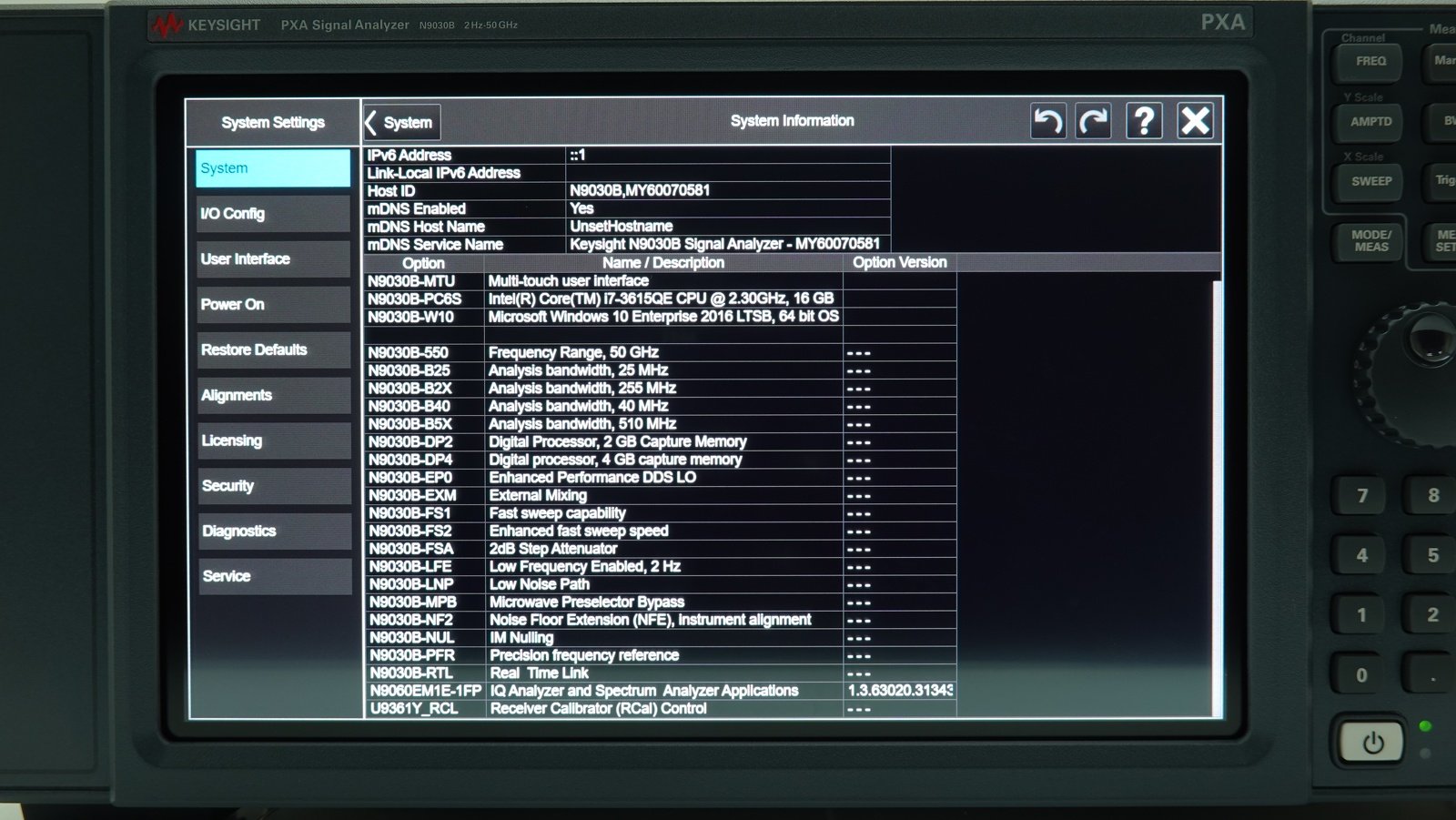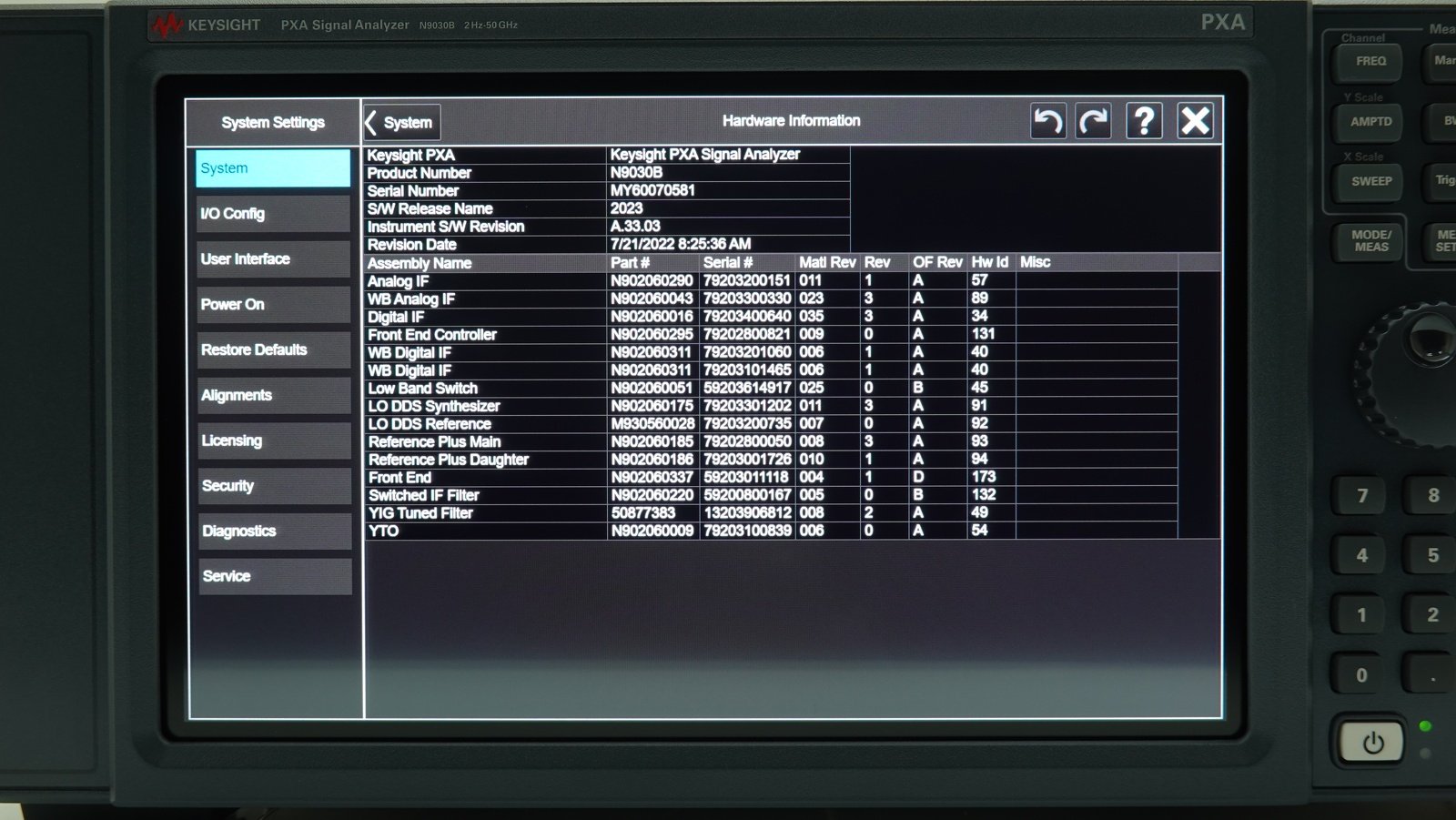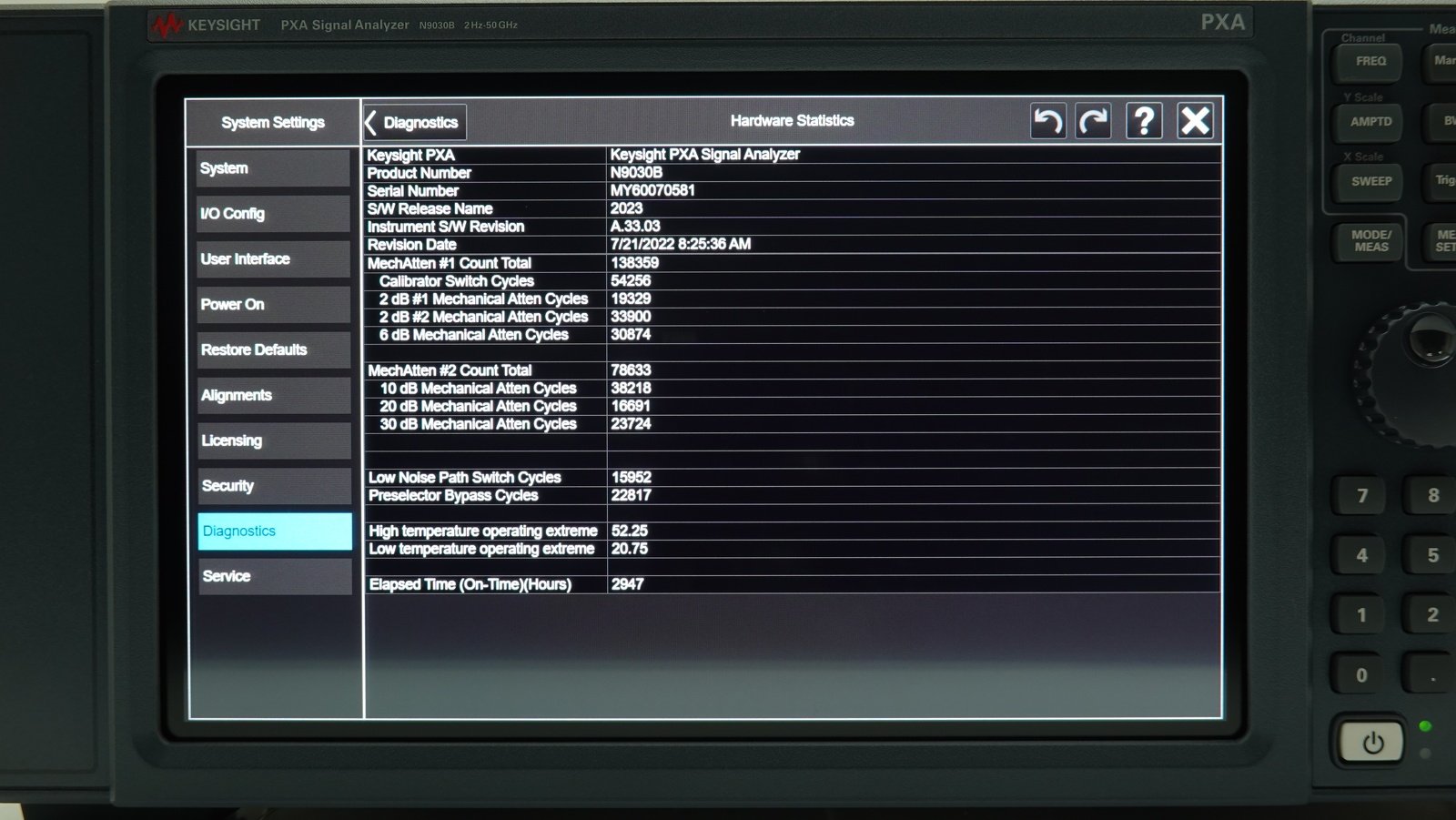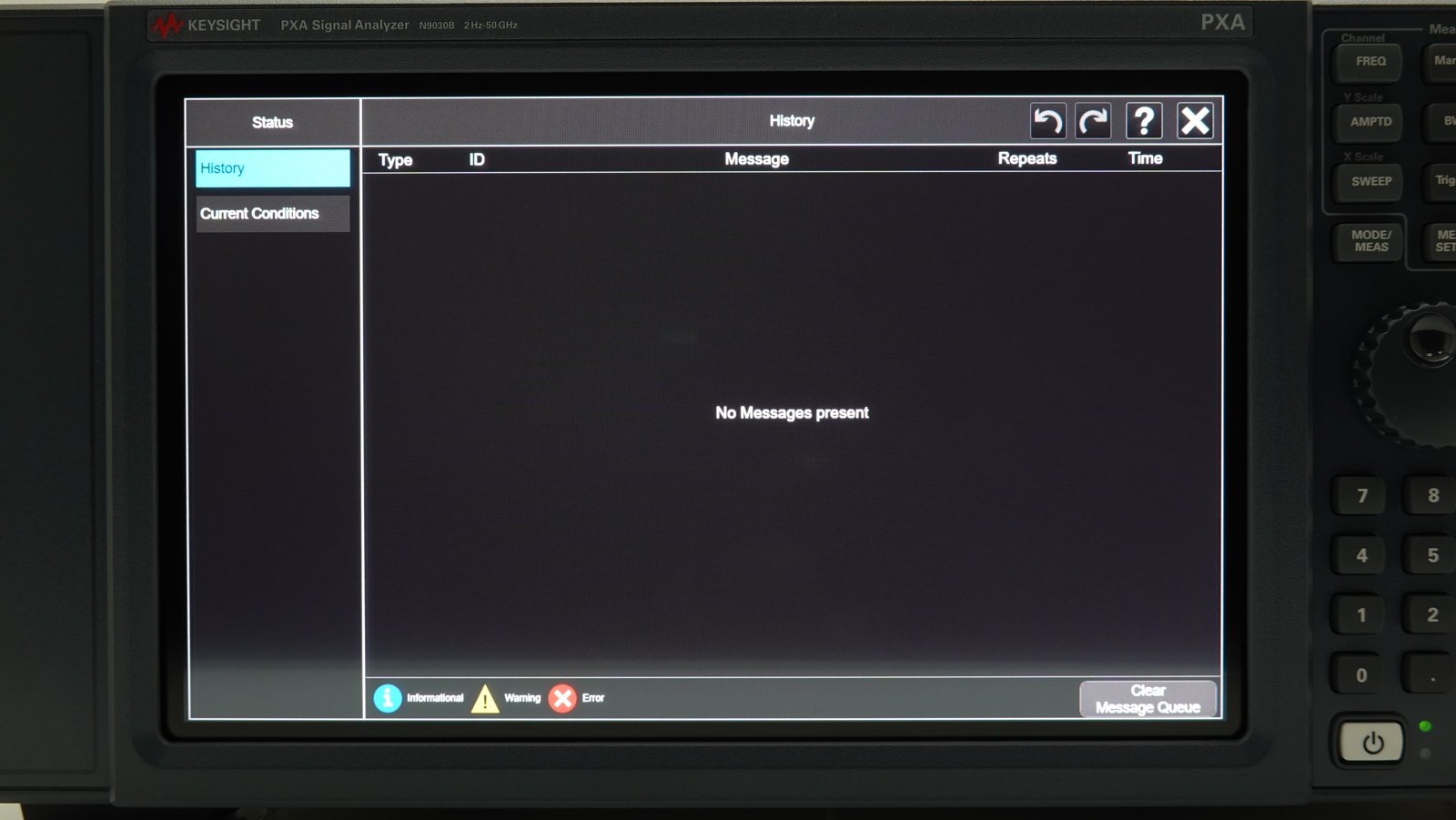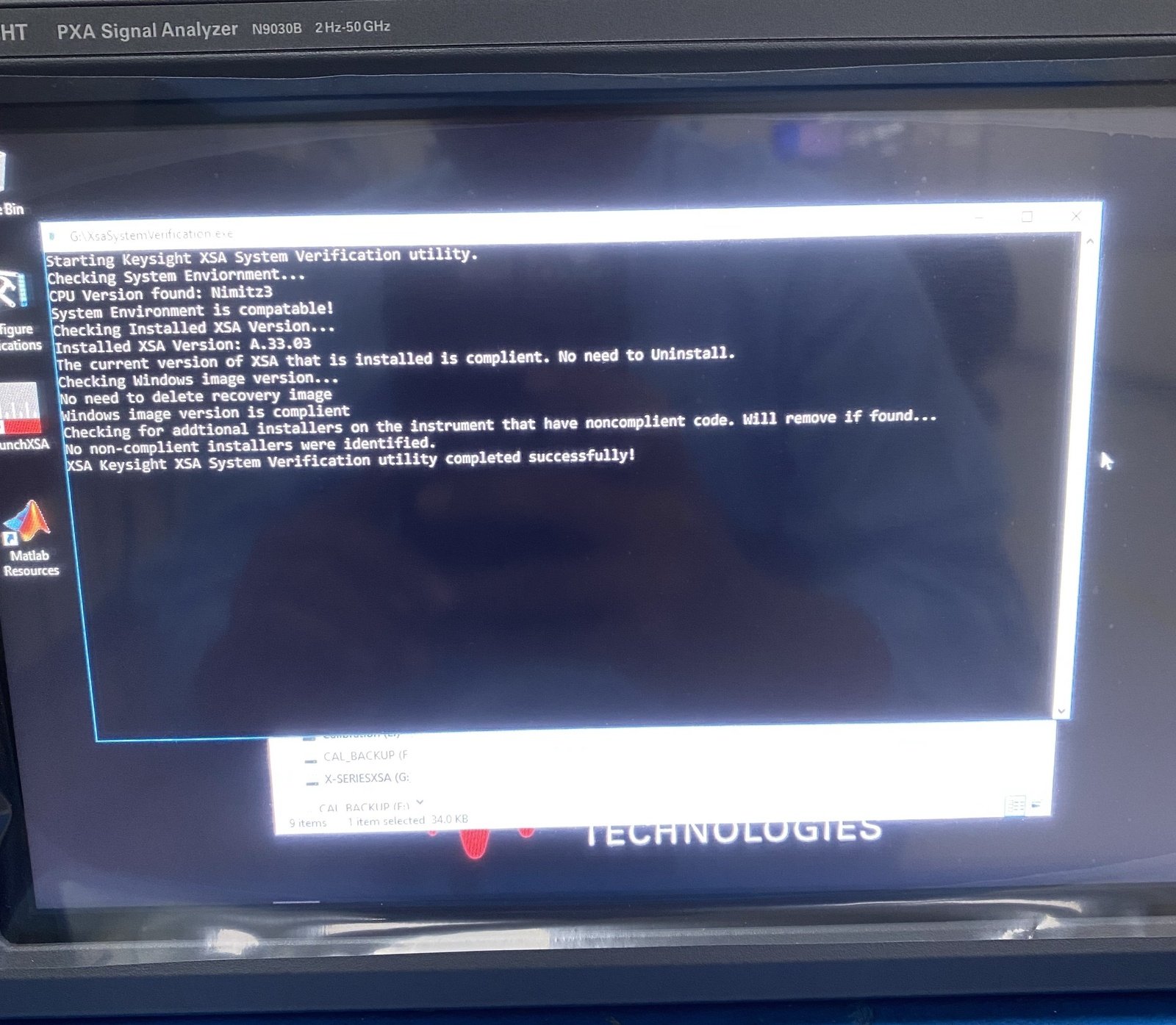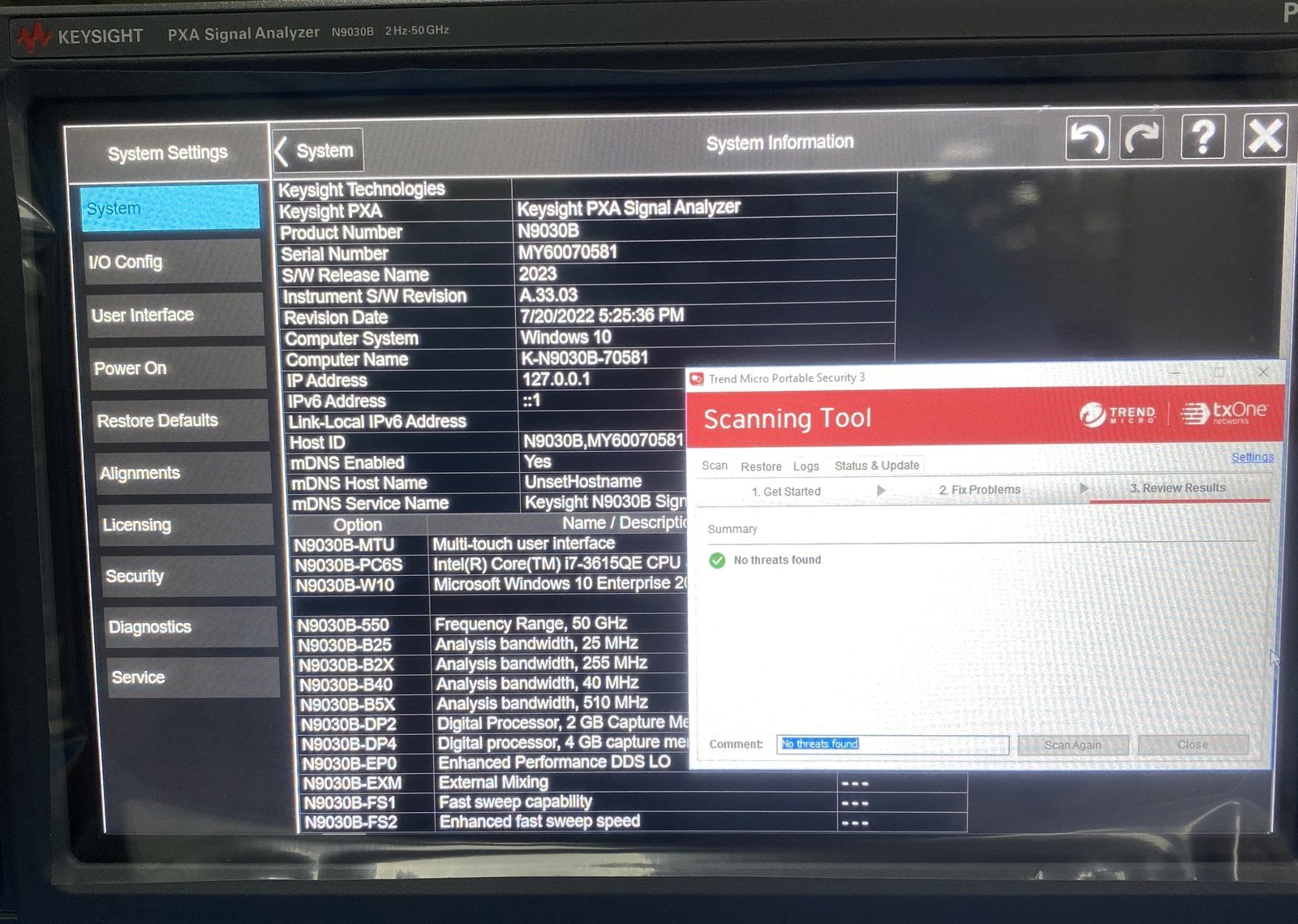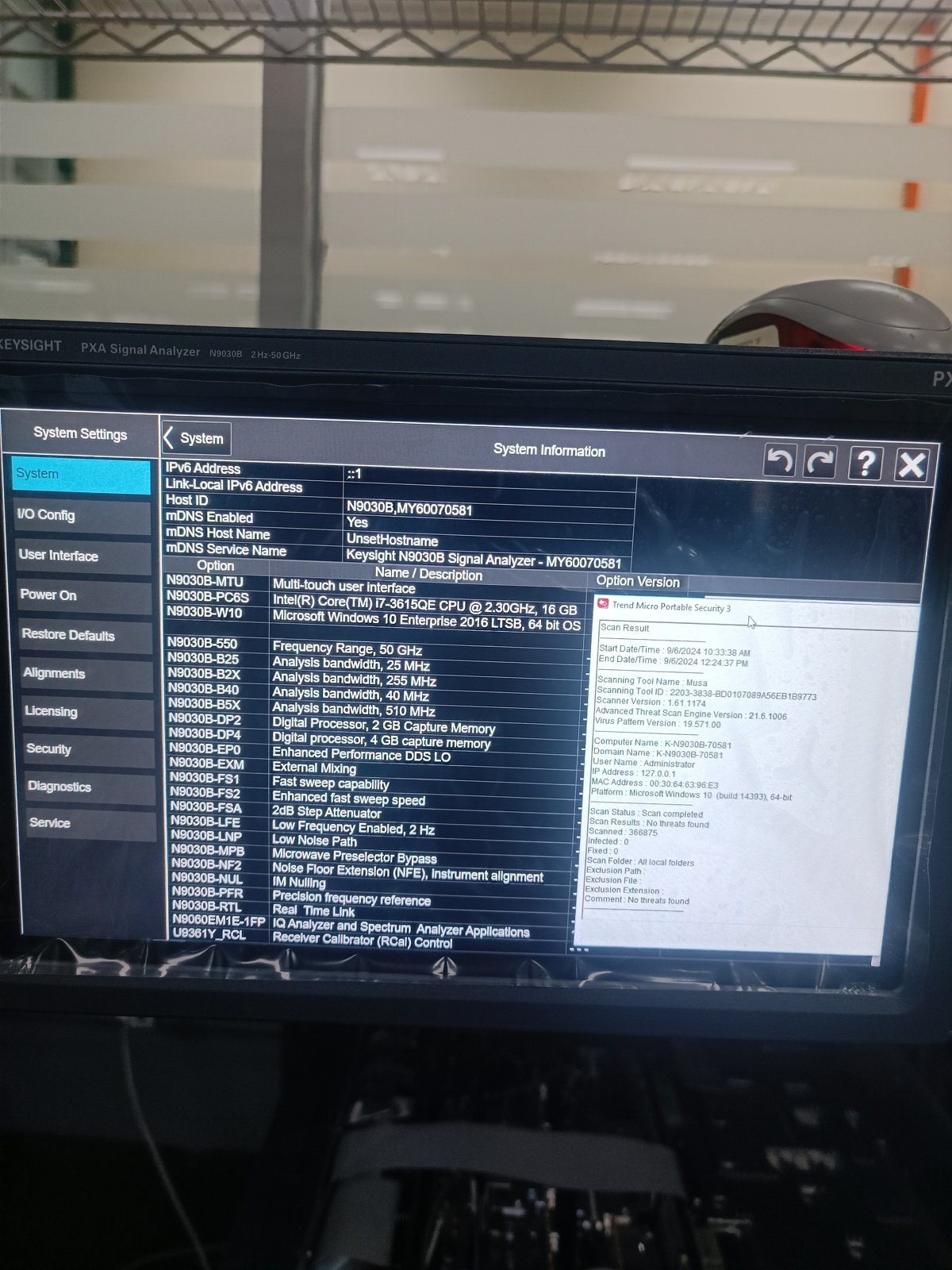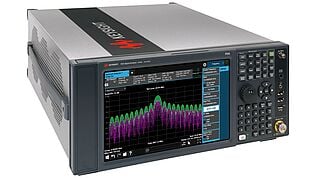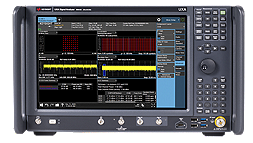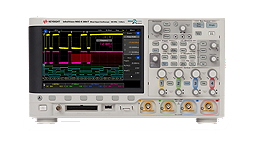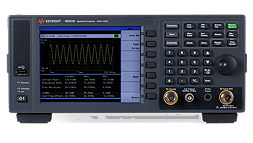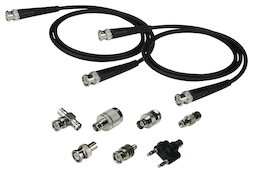Keysight N9030B-550
2 Hz to 50 GHz
USD 92,304.45
List Price USD 263,727.00
Cannot ship to:
European Union
Switzerland
Norway
Turkey
Unit only ships within China.
Unit ships worldwide.
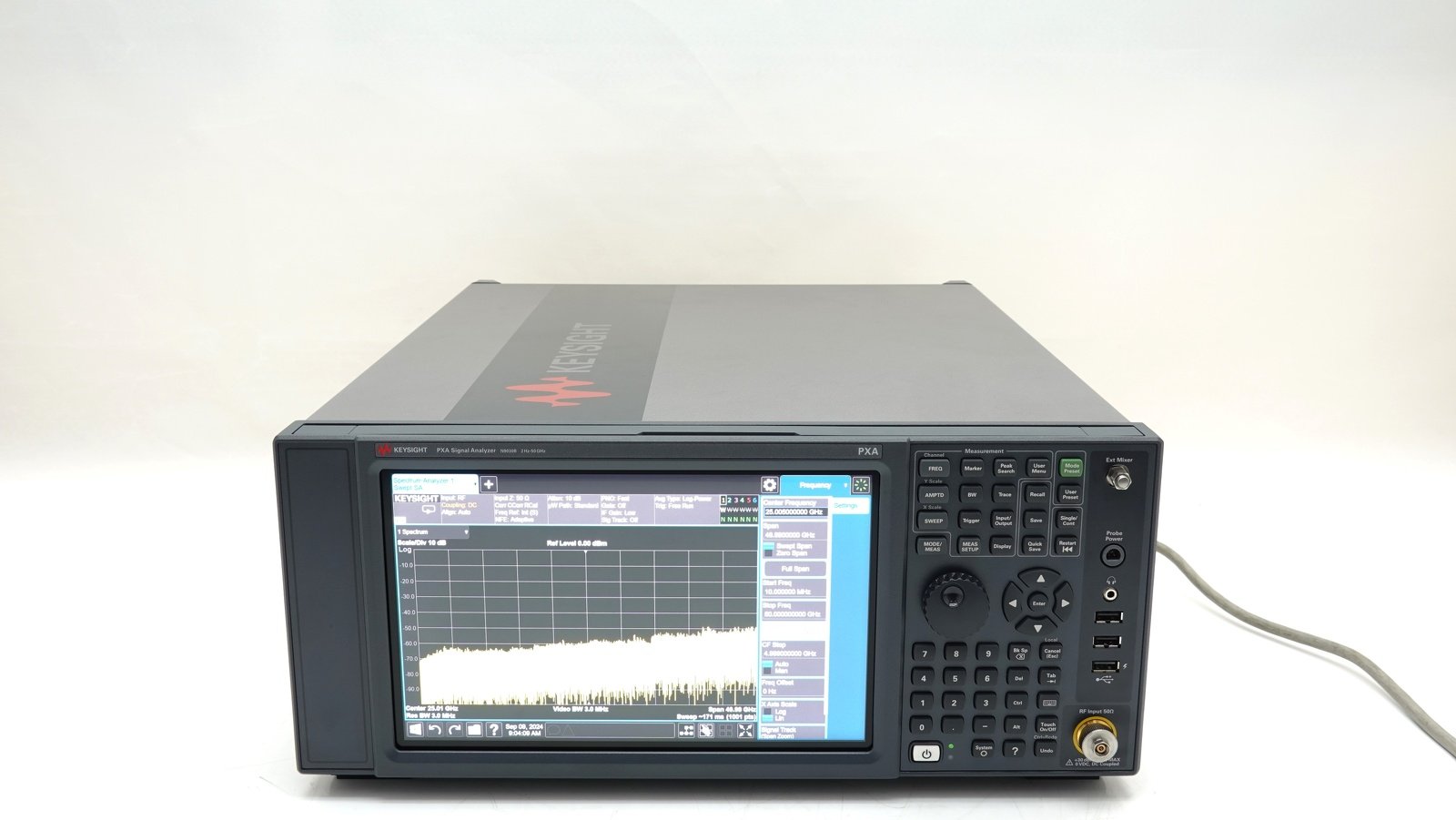
Keysight Used
Keysight N9030B-550 USD 92,304.45
From
USD 92,304.45 Save 65%
| 550 | Frequency Range, 2 Hz to 50 GHz | Installed |
| B25 | ANALYSIS BANDWIDTH, 25 MHZ (STANDARD) | Installed |
| B2X | Analysis bandwidth, 255 MHz | Installed |
| B40 | Analysis bandwidth, 40 MHz | Installed |
| B5X | Analysis bandwidth, 510 MHz | Installed |
| DP2 | Installed | |
| DP4 | Installed | |
| EP0 | Enhanced phase noise, DDS LO | Installed |
| EXM | External mixing | Installed |
| FS1 | Installed | |
| FS2 | Installed | |
| LFE | Installed | |
| LNP | LOW NOISE PATH | Installed |
| MPB | Microwave preselector bypass | Installed |
| MTU | Installed | |
| N9060EM1E | Installed | |
| NF2 | Installed | |
| NUL | Installed | |
| PC6S | Installed | |
| PFR | Installed | |
| RTL | Installed | |
| W10 | Installed |
Request a customized version of this model by requesting a Custom Quote
Get peace of mind only Keysight can offer. With KeysightCare Assured and manufacturer calibration.
| KeysightCare Assured - 1 year incl. Keysight Extended Warranty | USD 13,320.00 |
| KeysightCare Assured - 2 years incl. Keysight Extended Warranty | USD 26,640.00 |
| KeysightCare Assured - 3 years incl. Keysight Extended Warranty | USD 39,960.00 |
| KeysightCare Assured - 5 years incl. Keysight Extended Warranty | USD 66,600.00 |
Benchmark Performance in Signal Analysis
PXA signal analyzers are ideally suited for high-performance research and development (R&D) applications in aerospace/defense and commercial wireless communications. The PXA analyzes signals over wider bandwidths, reduces measurement uncertainty, and reveals previously hidden signals with noise floor extension (NFE). Unravel complex signals through the PXA’s broad set of measurement applications and demodulation capabilities.
- Analyze more with a wide frequency with up to 510 MHz analysis bandwidth
- See small signals in the presence of large ones with up to 75 dB of spurious-free dynamic range (SFDR)
- Extend the frequency up to 110 GHz with Keysight smart mixers
- Record, analyze, and simulate real-world scenarios with gap-free streaming up to 255 MHz
- Capture transient or intermittent signals with optional real-time spectrum analysis capabilities
- Meet stringent data security requirements with a removable solid-state drive and other optional features
Specifications
- DANL @1 GHz: -174 dBm
- Maximum Analysis Bandwidth: 510 MHz
- Maximum Real-Time Bandwidth: 510 MHz
- Phase Noise @1 GHz (10 kHz offset): -136 dBc/Hz
- Type: Benchtop
Accessories only included if shown in the pictures. No power cord included.
Other accessories that are not listed and included in the offer can be purchased separately at an extra cost with your purchase of a Keysight Used or Keysight Premium Used unit. Please specify in the comment field which additional accessories or support you are interested in.
For separate or post-purchase ordering, please contact your local Keysight office or Keysight Partner here. Or check our online store if available for your region here.

